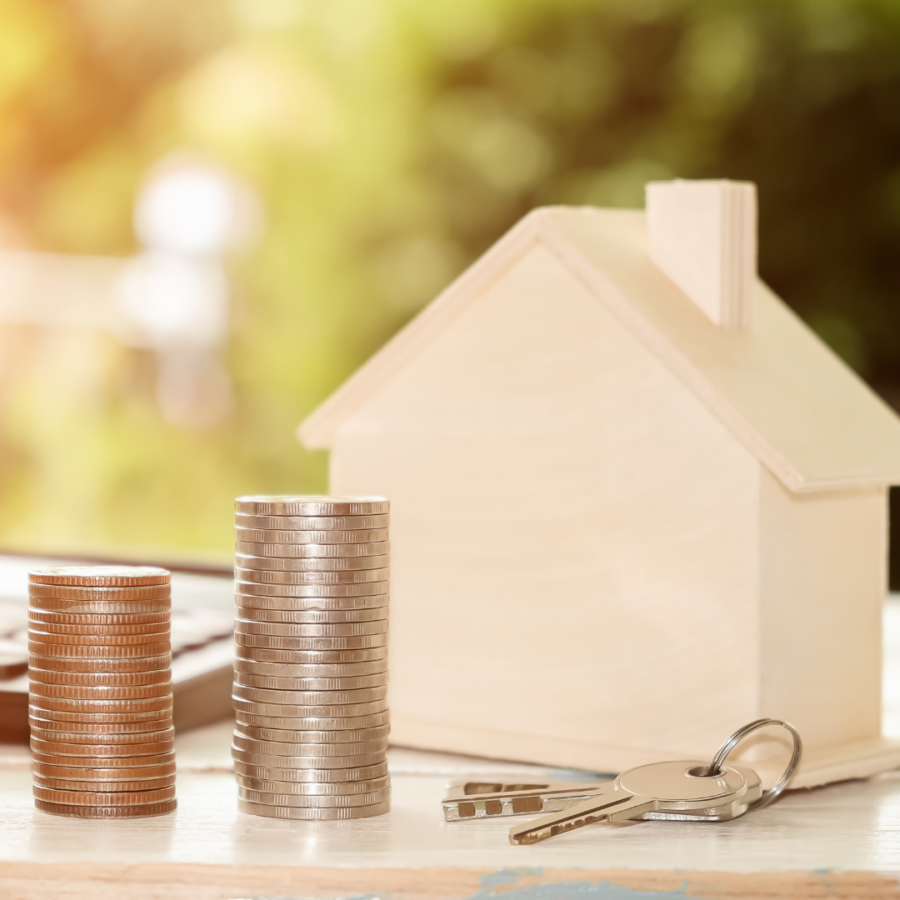Hello, savvy home buyers! Welcome back to The Frugal Realtor, where we help you make the most of your money when buying a home. Today, we’re diving into a crucial topic for anyone considering a home purchase: budgeting. Creating a realistic budget and sticking to it is key to making your homeownership dreams a reality without breaking the bank. Let’s explore how you can achieve this.
Understanding Your Financial Situation
Before you start creating a budget, it’s essential to understand your current financial situation. This involves a few key steps:
Assess Your Income: Calculate your total monthly income after taxes. Include all sources such as salaries, bonuses, and any additional income streams.
Evaluate Your Expenses: List all your monthly expenses, including rent, utilities, groceries, transportation, and any debts like student loans or credit card payments.
Determine Your Savings: Identify how much you have saved for a down payment and other costs associated with buying a home.
By having a clear picture of your financial landscape, you can set a realistic budget that suits your needs and capabilities.
Setting a Home Buying Budget
Once you understand your financial situation, it’s time to set a budget for your home purchase. Here’s how to do it:
Calculate Your Down Payment: Generally, a 20% down payment is ideal to avoid private mortgage insurance (PMI), but many lenders offer options with lower down payments. Determine what percentage works for you and calculate the amount needed.
Consider Closing Costs: These can range from 2% to 5% of the home’s purchase price. Make sure to include these costs in your budget.
Factor in Moving and Initial Setup Costs: Don’t forget about the cost of moving and any initial expenses such as furniture or minor repairs.
Include Monthly Mortgage Payments: Use a mortgage calculator to estimate your monthly payments, including interest, taxes, and insurance.
Plan for Maintenance and Repairs: It’s wise to set aside a portion of your budget for ongoing maintenance and unexpected repairs.
Sticking to Your Budget
With your budget in place, the next step is sticking to it. Here are some tips to help you stay on track:
Automate Savings: Set up automatic transfers to your savings account to ensure you are consistently building your down payment fund.
Track Expenses: Use budgeting apps or spreadsheets to monitor your spending and ensure you’re sticking to your plan.
Adjust as Needed: Life is unpredictable, so be flexible. If your financial situation changes, adjust your budget accordingly.
Avoid Emotional Purchases: It’s easy to get caught up in the excitement of buying a home. Stick to your budget and resist the urge to overspend on a property that stretches your finances too thin.
The Final Word
Creating and sticking to a realistic budget is an essential step in the home buying process. By understanding your financial situation and carefully planning your budget, you can confidently navigate the housing market and make a purchase that’s right for your financial future. Remember, being frugal isn’t about being cheap; it’s about making wise financial decisions that lead to long-term stability and success.
Thank you for reading, and happy house hunting! If you have any questions or need further advice, feel free to reach out. Until next time, this is The Frugal Realtor, guiding you to a smart and successful home purchase.

Tina McQuaid, Sales Representative, Sutton Group-Summit Realty Inc., Brokerage | 416-602-9901 | tinamcquaid888 @ gmail.com

